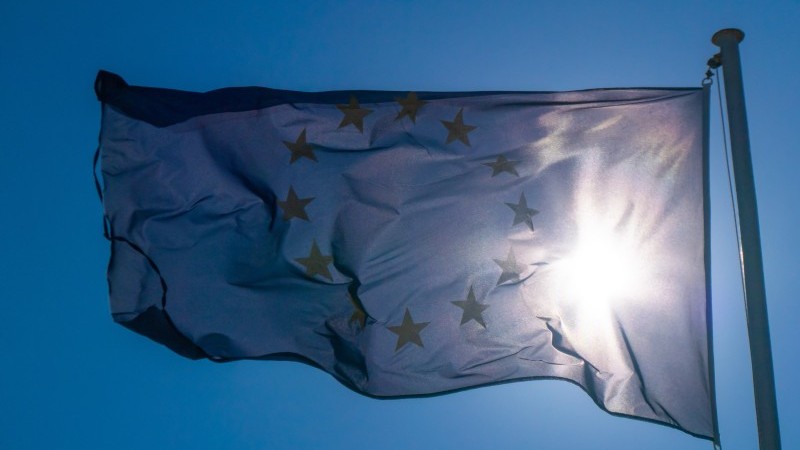The euro area economy is gradually emerging from stagnation. April's PMIs show the economy is poised for an acceleration in activity after a year and a half of widespread stagnation. The service sector is doing the heavy lifting in accelerating this activity. The manufacturing sector continues to signal a decline in output, but there are some signs of bottoming out. Still, services are expected to continue to drive the recovery as weaker global demand offsets improvements in domestic real wages in euro area manufacturing.
For now, the Red Sea turmoil remains ancillary to the eurozone's growth story. Companies have indicated that delivery times continue to decrease despite delivery issues. The problem is becoming smaller, and demand for raw materials continues to ease due to poor manufacturing conditions.
The survey still shows some warning signs regarding inflation. Businesses said service inflation accelerated again, but not as much as at the beginning of the year. The survey also shows that goods inflation remains negative, indicating that overall inflationary pressures remain moderate. For the European Central Bank, this would be a signal that it should not cut rates aggressively, but it is unlikely to deter the ECB from cutting rates. We expect the first rate cut to occur at the next meeting in June.
Overall, this paints a fairly positive picture for the euro area economy. After a long period of stagnation that began at the end of 2022, the euro area appears to be on the path to recovery. With unemployment still at record lows, inflation fairly benign and interest rate cuts on the horizon, the eurozone economy should be more comfortable than in recent years.

